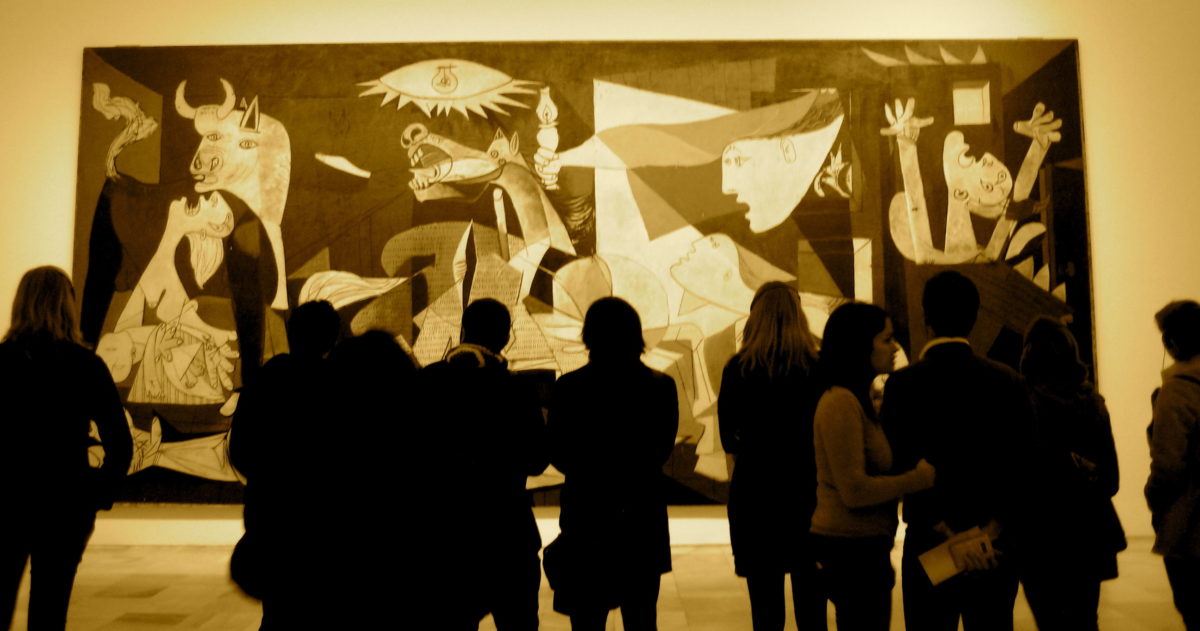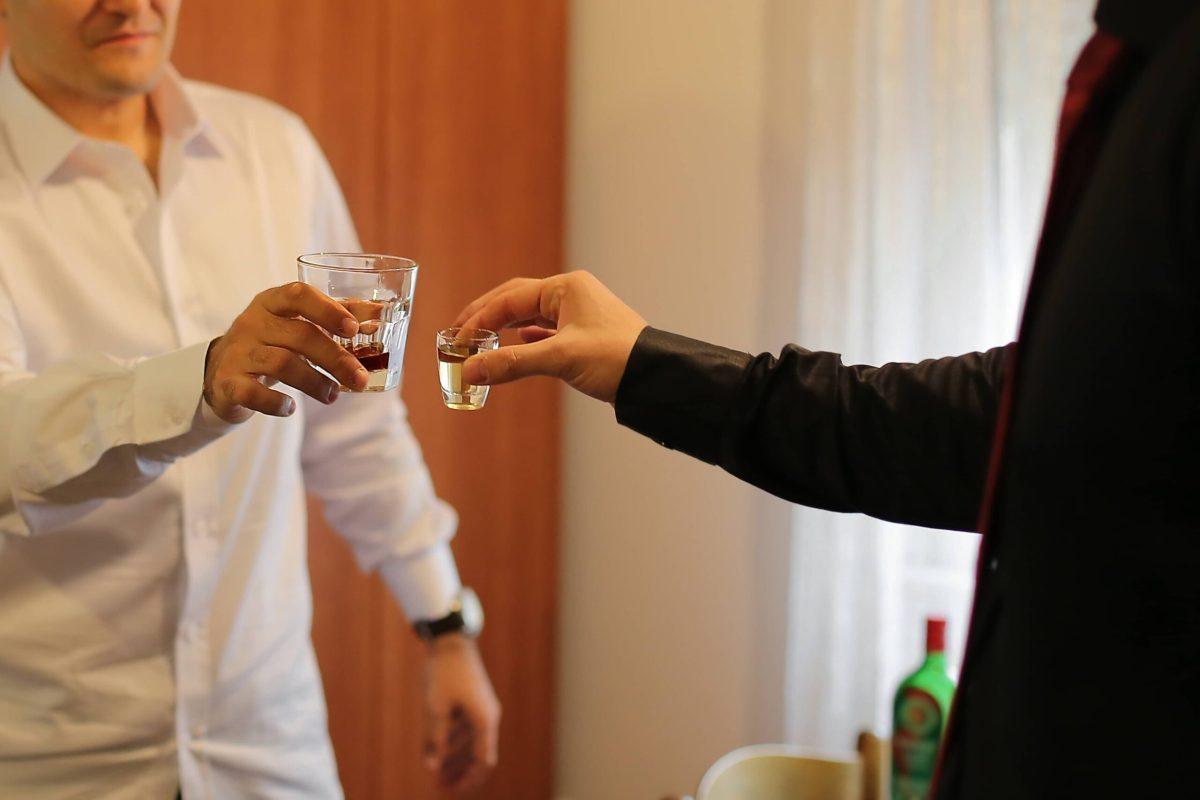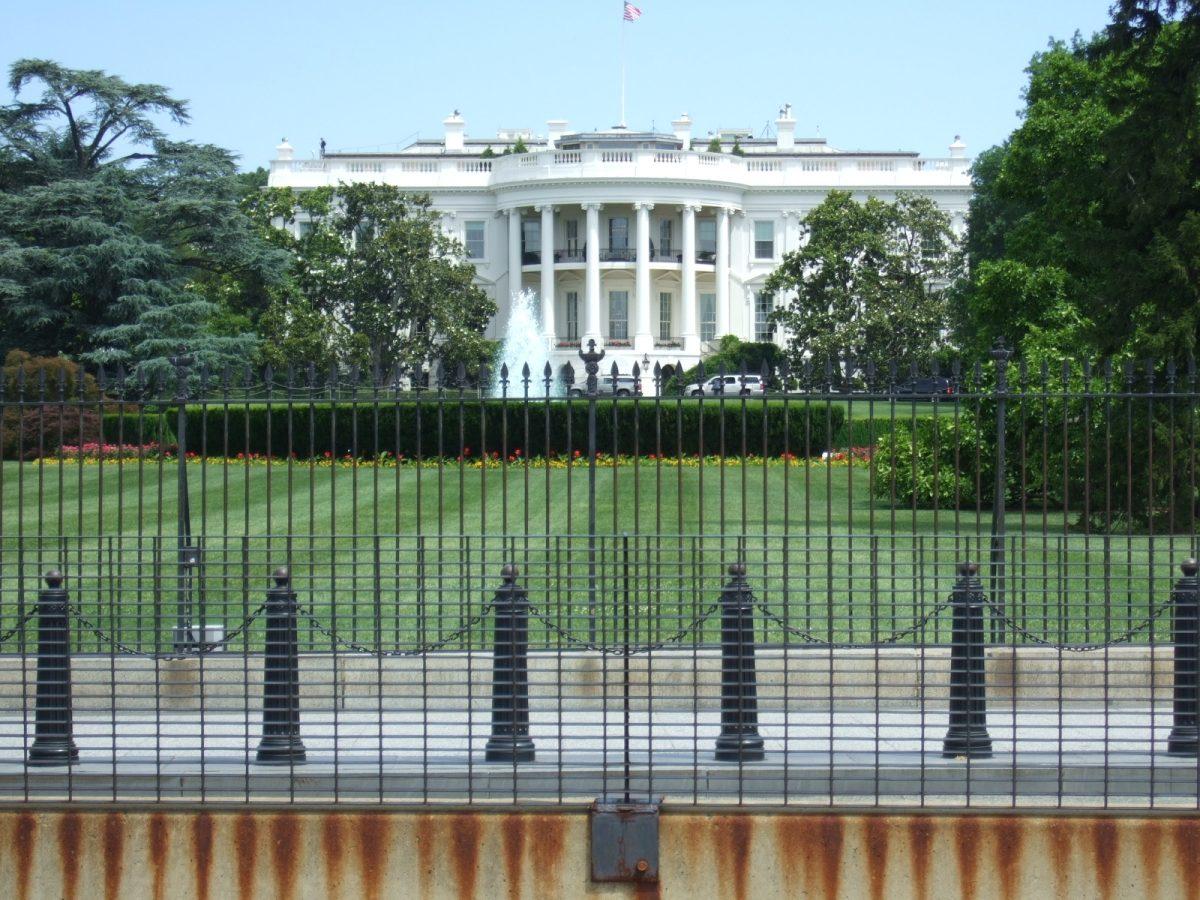Contributing Writer Alice Yi, ’21
Henri Matisse once stated that he wished his art to be “of balance, of purity and serenity devoid of troubling or depressing subject matter.” He wished for it to be a distraction from the outside world, to evoke a sense of peace and comfort as we view the piece. And many critics and other artists seem to agree with Matisse’s stance; saying that art should emphasize a sense of aesthetic. While this goal is admirable, is it really possible to achieve?
In a world where technology has woven a strong bond into our lives, day to day life is vastly different today than it was thousands of years ago. Information is rapidly fed to us on a daily basis, forcing us to face many harsh realities people must deal with across the globe, along with problems we face. With this information, it is increasingly more difficult to deny the presence of politics affecting our culture and daily lives. It is progressively being drawn into our music, television, social media, and very evidently, our art.
Most people find themselves on different sides, struggling to decide politics’ role in the art world and if it should have a role in it at all. The question of whether art should be political, or stick to the focus on technical ability and being visually appealing can be greatly expanded on. But, one must also consider the purpose of art.

Those who argue that art’s value should focus on appearance, often believe that art shouldn’t become political. That art’s purpose isn’t to face reality but instead be an escape from reality. On the other hand, several artists use their art as a form of protest and communication. Such as Keith Haring or Picasso. In both of these artists’ pieces, it is very clear that their work is trying to send the public or those who are viewing it a message. So, while some believe that art must say something, others believe it should be to please and satisfy the audience. While I can understand one’s stance on keeping art pleasing to the eye, who’s to say that any aesthetically or technically sound piece isn’t sending a message, albeit a different message than a political one, but still a message nonetheless?
I agree with those who say that art should communicate. It is important that art has a voice. When you view a piece it should make you feel something, question something, express something. Denying the validity of politically influenced artwork would be muting the voice of the artist and the artwork. Additionally, in a world where politics are greatly important, not accepting politics in art would emphasize a sense of ignorance or privilege of being blind to a prevalence of issues and the importance of politics in today’s day in age. Many people who dislike the idea of politics in art, restraining; tying it one definition or standard, while covering art’s message. It restrains it by stating that one must remain with tradition and keep true to the technological aspects of a piece. Which then blatantly ignores expression that artists show within their work. One should acknowledge the voice of the artwork, accept its presence and the artist within it.
You can also state that not only does artwork represent an artist, but it also represents the time and society it is within. It is clear when viewing pieces from history that art changes and reflects movement within people. This can be seen within religious paintings of the Middle Ages; as dependency and faith to the church and religion increased, artwork also became noticeably more religious. So, as we live in an age where debate, protest, voice, and opinion are valued more than ever, isn’t it expected that art reflect this?
People are not stagnant, nor will they ever be, societies will continually strive for change. And, art will surely be an evident piece of our history and our future, following the bends of populations and shifts amongst peoples. Politics in art is not only important to spread vital messages but it is inevitable and serves as a representation of how and where art stands in our society.



































